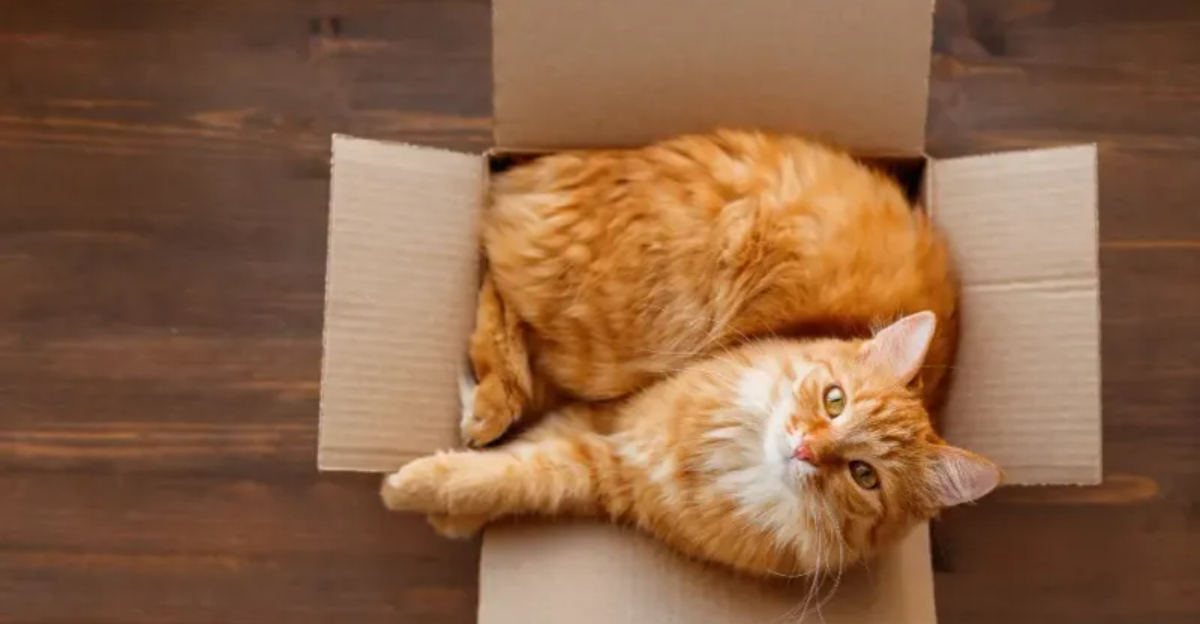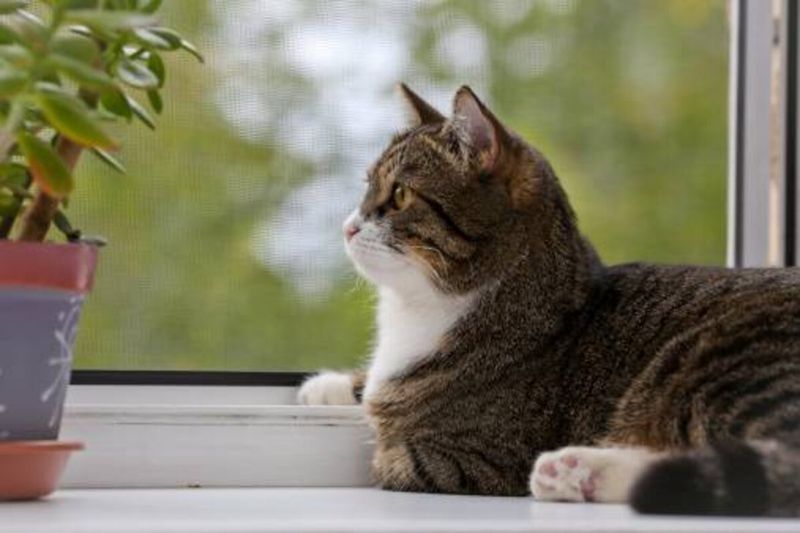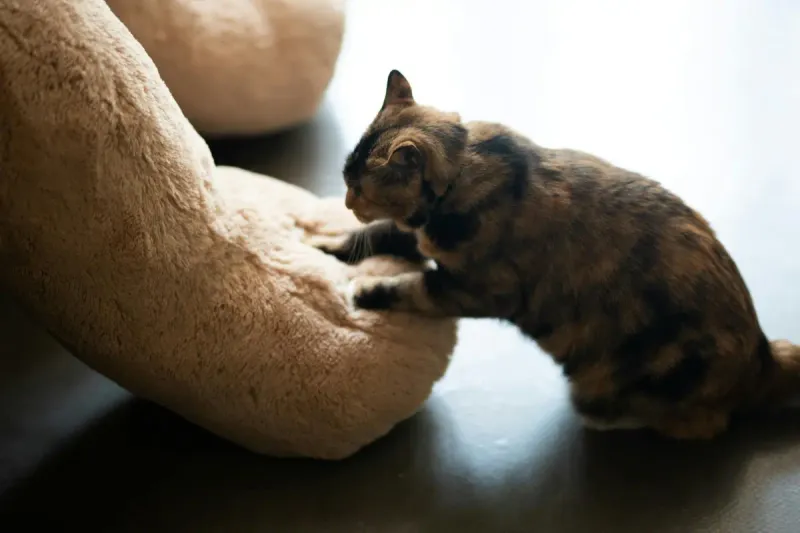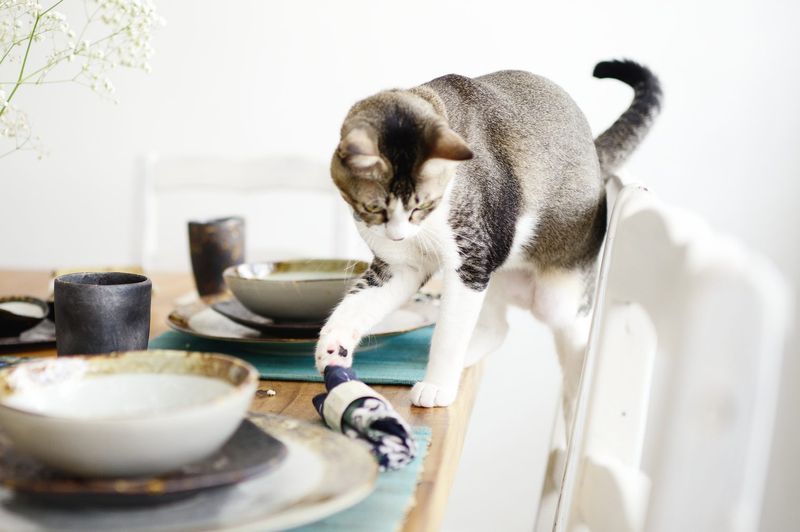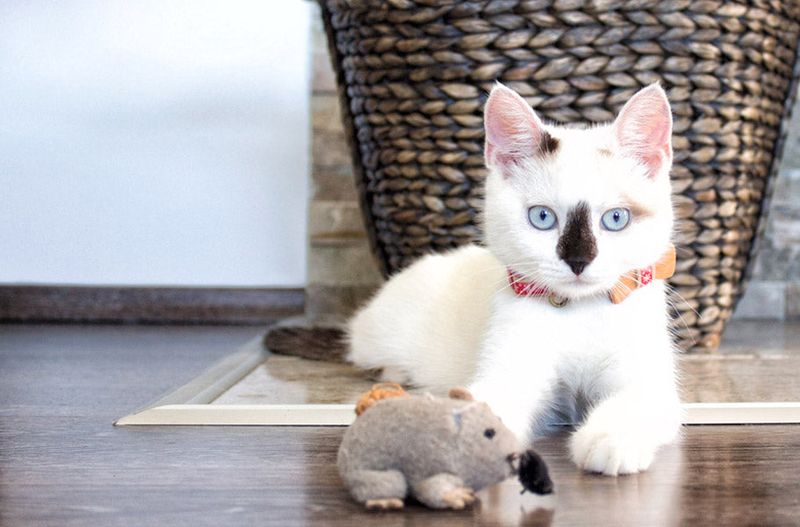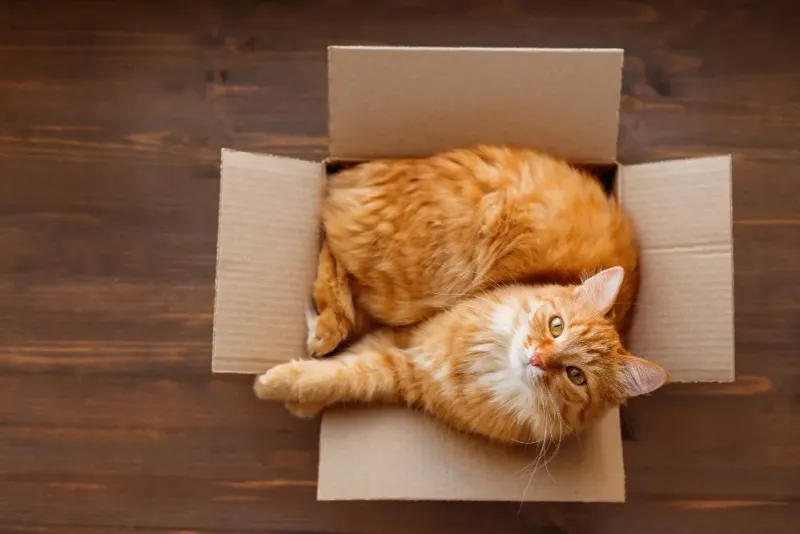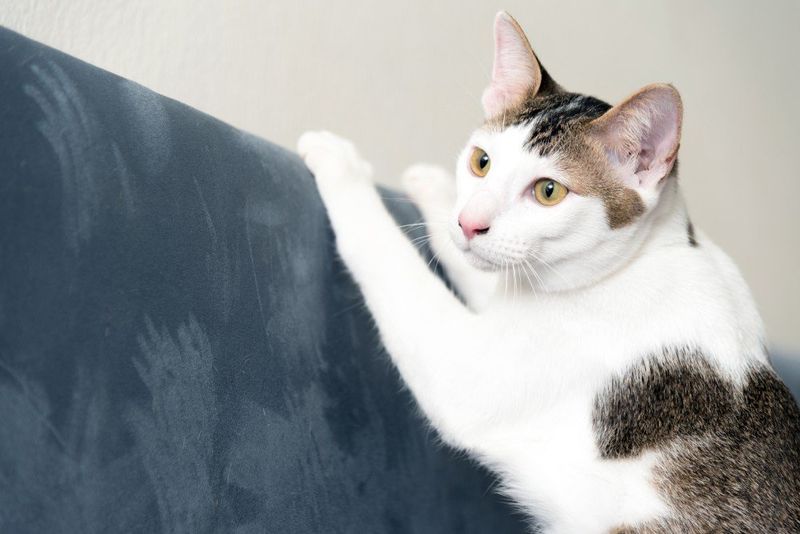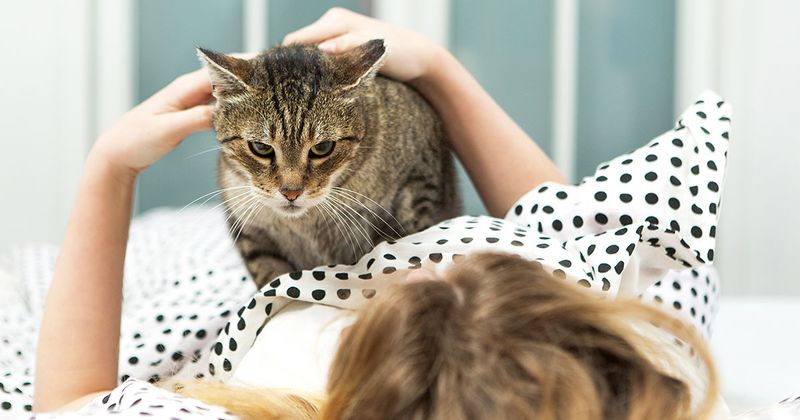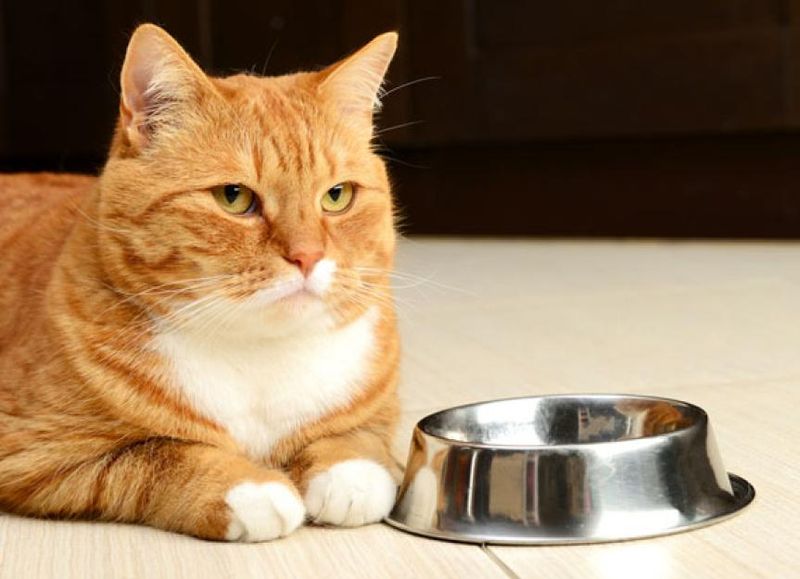📖 Table of Content:
Cats are often seen as aloof or even rude, with behaviors that can confuse their owners. From sudden swats to unexpected vocalizations, their actions might seem inconsiderate at times. However, what may appear as impolite behavior often has a deeper, instinctual purpose behind it.
For cats, many behaviors are driven by natural instincts rather than a desire to offend. They are creatures of habit, responding to their environment in ways that are perfectly normal to them. What might feel like a lack of manners is simply their way of interacting with the world around them.
Understanding these actions can help bridge the gap between human and feline communication. Recognizing the reasons behind certain behaviors makes it easier to adjust expectations and foster a stronger bond. What seems like bad manners might just be a cat’s way of navigating its environment.
1. Ignoring Their Owner
Cats often appear aloof, seeming to ignore their owner’s attempts at interaction. However, this behavior is rooted in their independent nature. Unlike dogs, cats do not feel the need to constantly seek approval or attention.
They are self-sufficient creatures who value their personal space. When a cat seems disinterested, it is not an act of disdain but a reflection of their confidence and comfort in their environment.
Understanding this aspect of feline behavior can enhance the bond between pet and owner, recognizing that a cat’s seeming indifference is simply an expression of their unique self.
2. Kneading
Kneading is a behavior cats often exhibit, where they push their paws alternately against a soft surface. To the uninitiated, it may seem like a strange or disruptive act. However, this behavior dates back to kittenhood.
Kittens knead their mother’s belly to stimulate milk flow. In adulthood, it becomes a comforting action associated with contentment and security.
When a cat kneads, it’s a sign of trust and affection towards their human or the environment. Embracing this behavior helps in understanding a cat’s way of showing love and feeling secure.
3. Knocking Things Over
To an onlooker, a cat deliberately knocking an object off a table may seem like sheer defiance. However, this behavior is driven by curiosity and playfulness. Cats are natural hunters, and knocking things over mimics the act of catching prey.
This action allows them to explore their environment and entertain themselves, especially when they are bored.
Observing this behavior provides insight into their playful instincts and the importance of stimulation in a cat’s daily life. Providing toys and interactive playtime can help redirect this energy into more constructive activities.
4. Bringing ‘Gifts’
Receiving a dead mouse or insect from a cat might seem like a horrifying gesture. Yet, for cats, this is a sign of affection. Cats are natural hunters, and sharing their catch is a way of contributing to their family.
In a household setting, this translates to leaving ‘gifts’ for their owners. While it may be unsettling, it’s important to recognize it as a token of love and care.
Appreciating this behavior can deepen the understanding of a cat’s instincts and their way of acknowledging humans as part of their family group.
5. Hiding in Boxes
It’s no secret that cats love boxes, frequently seeking them out for hours of hiding. To humans, this might appear as a quirky obsession. However, for cats, these small spaces are a source of comfort and safety.
The enclosed space mimics a den-like environment, which helps them feel safe from predators. Additionally, boxes are excellent for retaining body heat, making them cozy retreats.
Understanding this behavior sheds light on a cat’s need for security and warmth, allowing owners to provide more comforting environments for their feline friends.
6. Scratching Furniture
While scratching furniture may drive owners crazy, it’s an important aspect of a cat’s natural behavior. This action helps maintain their claws by removing dead layers. It’s essential for keeping their claws healthy and functional.
It also serves as a way for cats to mark their territory, as they have scent glands in their paws. Providing appropriate alternatives, like scratching posts, can prevent damage to furniture while catering to this natural behavior.
Recognizing the necessity of scratching promotes a harmonious living environment with feline companions.
7. Waking Owners at Night
It’s not unusual for cats to disturb their owners at night with purring or kneading. Though it may seem inconsiderate, this behavior is linked to their natural crepuscular instincts. Cats are most active at dawn and dusk, mirroring their hunting habits.
Their nighttime awakenings are often a sign of affection, seeking closeness with their human companions. Understanding this behavior can foster patience and empathy towards nocturnal habits.
Establishing a routine playtime before bed can help satisfy a cat’s energy needs, potentially reducing nighttime disruptions.
8. Refusing to Eat
A cat refusing to eat can be concerning to owners, but it often reflects their selective nature. Cats have evolved to be cautious eaters, sensitive to changes in their diet or environment.
This behavior ensures they avoid potentially harmful substances. However, it can be frustrating when trying to introduce new food. Patience and gradual changes in diet can help overcome this hurdle.
Recognizing this behavior as a survival instinct rather than stubbornness can lead to more successful feeding strategies and a deeper appreciation for a cat’s discerning palate.
